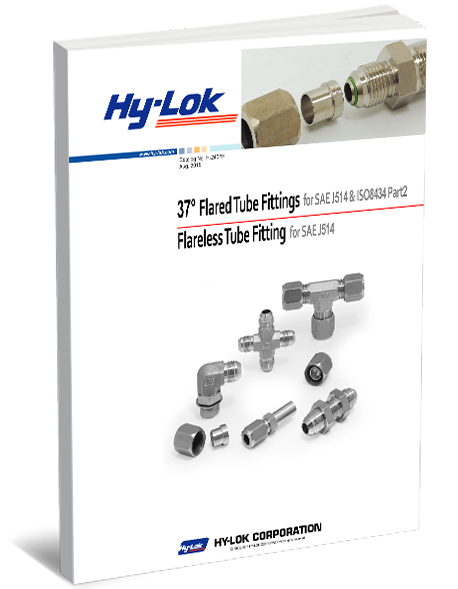All organic materials, metals and metal alloys burn in oxygen, so it is essential to maintain a clean environment within a pressurized oxygen system. Due to the risk of ignition, it is critical to ensure all new components are cleaned to the highest purity possible when introducing new equipment to an oxygen system.
At Hy-Lok, we are aware of the critical nature of maintaining a clean environment with high purity in pressurized oxygen systems. Along with a vast fittings catalogue, Hy-Lok Canada proudly offers oxygen cleaning services for our customers.
Continue reading to learn more about oxygen cleaning!
What Is Oxygen Cleaning?
Oxygen cleaning is a meticulous process that removes any excess combustible contaminants from the fitting. Almost all materials are combustible in oxygen, so equipment entering an oxygen system must be spotless.
Hy-Lok Canada’s oxygen cleaning is done following ASTM G 93 Int. Standard of cleaning practices. We meet SC-11, the special cleaning and packaging requirements for wetted components that exceed the standard requirements. Industries like steel mills and nitrogen plants require oxygen-cleaned fittings to meet safety regulations and guarantee high purity levels.
Why Is It Important?
The main benefits of oxygen-cleaned fittings are the safety assurance of critical systems, enhanced performance of equipment, longevity from corrosion prevention, and compliance with stringent industry standards.
Oxidizable substances like grease, oil, solvents, and dust particles from packaging cannot be present, and they cannot contain any loose parts, rust, welding residues, blasting materials, or machining chips. If the equipment is not cleaned to the highest purity, combustible materials within a pressurized oxygen system can be detrimental to an entire operation.
The Cleaning Process
The oxygen cleaning process is similar to hydrosonic cleaning for small machine parts or jewellery, where the component is placed in a heated circulating cleaning solution bath. The cleaning agent must be carefully chosen to avoid any adverse effects on the fitting, like corrosion.
Organic cleaning agents include acetone, isopropanol alcohols, ethers, and esters. The agent should have the highest possible vapour pressure to be easily removed without leaving residue that could cause corrosion.
Upon removing the component from the solution, it is dried off with synthetic air or nitrogen. The final step before vacuum sealing is to inspect the surface using fluorescent UV light to detect any remaining grease, oil, or organic matter.
Assembling the Clean Components
After everything has been cleaned satisfactorily, the components are individually vacuum sealed and will not be opened again until the customer receives them.
When assembling the cleaned fluid system components, it is recommended to wear white cotton gloves and disposable suits to reduce any outside contaminants. Clothing soiled with grease or oil should be avoided, along with greasy fingers and dirty hands. Cleanliness and safety go hand in hand, especially for applications requiring oxygen-cleaned fittings.
Choose Hy-Lok for Your Oxygen Cleaning Needs!
With decades of experience, a vast fittings catalogue, and numerous distribution partners across Canada, Hy-Lok is your source for quality fittings and fluid control products. So, when you need fluid handling products that are 100% interchangeable, cost-effective, and built to last, you can trust Hy-Lok to have a solution.
Contact the team at Hy-Lok Canada today to learn more about oxygen-cleaned parts and services.




